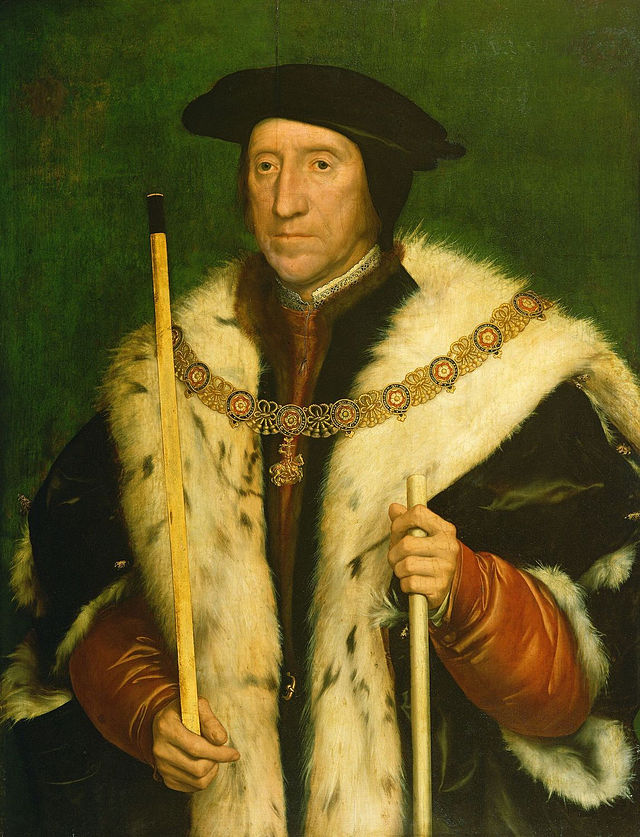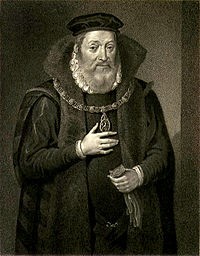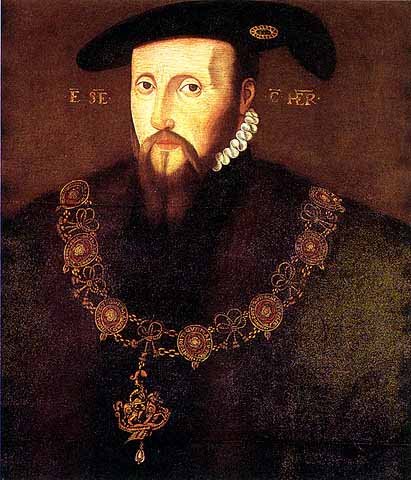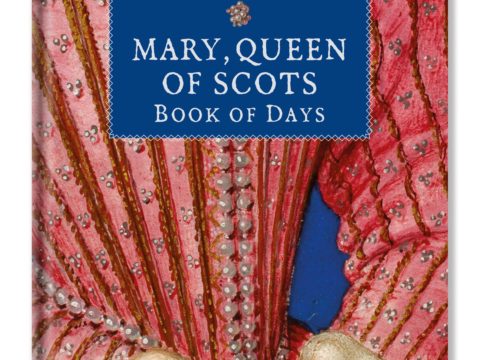1547 Battle of Pinkie Cleugh
Chapter 1: Background to the Battle
The Battle of Pinkie Cleugh (or Pinkie as it is often known) was the last pitched battle to be fought between England and Scotland, although it was by no means the end of strife between the countries.
In the autumn and early winter of 1542, James V of Scotland led a disastrous raid into England at Solway Moss, about ten miles north of Carlisle. Border raiding was commonplace, and both sides carried out attacks, whether led by the king or his appointed generals, or by local gentry for whom cattle-raiding forays were the very stuff of border life. On this particular occasion, James V was personally involved and the English side was led by Henry VIII’s lieutenant, Thomas Howard, 3rd Duke of Norfolk and Thomas, Lord Wharton.

The Scots were caught by an incoming tide as they crossed back into Scotland and sustained heavy losses, including the capture of some 1,000 men. James, mindful of his father, James IV’s death at Flodden, did not fight himself, but was close enough to the army to catch one of the common diseases of soldiers – dysentery or something similar. He returned to Linlithgow Palace, where his wife, Marie of Guise, was awaiting the birth of their third child, then rode on to Falkland Palace, where he died in mid-December 1542.
Queen Marie’s child was a girl, named Mary, and, the couple’s two sons having died in the previous year, she was now Queen of Scots.
The little Queen’s great-uncle, Henry VIII, saw the events in Scotland as an opportunity to press his claim to ‘overlordship’ of the country and to arrange a marriage between Queen Mary and his own heir, Edward, Prince of Wales. The captured Scottish Lords were taken to Henry's court and held there whilst they were persuaded of the merits of supporting the English plans. Those who agreed to Henry's aims were known to the English as the Assured Lords. In particular, the Earls of Glencairn and Cassilis agreed to swear loyalty to Henry.

The Governor of Scotland, the Earl of Arran, although not one of the Assured Lords, was also pro-English, as were Archibald Douglas, Earl of Angus (Henry VIII's brother in law), and Angus' brother, Sir George Douglas of Pittendreich.
Initially, Arran and the Assured Lords persuaded the Estates of Scotland to accept the marriage plan, and in March 1543, it was agreed.However, not everyone in Scotland liked the idea of subjection to England and there was a strong party, led by Cardinal Beaton, with the support of the Queen Dowager, Marie of Guise, which preferred to espouse the traditional French alliance.
Whilst the Reformation had made little headway in Scotland before the death of James, who had resisted his uncle’s encouragement to throw off his allegiance to Rome, the new ideas now began to spread. This put some weight in the English scales, but not yet enough. Over the course of 1543, the Scots nobles became increasingly disenchanted with the idea of their queen marrying the English prince, and in December 1543 the treaty was rejected in favour of a French alliance.

Henry was furious and sponsored a long military campaign to bring the Scots to heel, largely led by his brother-in-law, Edward Seymour, Earl of Hertford. Hertford was a very successful general, and the years between 1543-7 were a time of constant level warfare, christened three hundred years later by Sir Walter Scott, as the War of the Rough Wooing.
In 1547, Henry died, and Hertford, now promoted to the title of Duke of Somerset, became leader of the Regency Council formed to govern on behalf of Edward VI. His new duties as Lord Protector did not dampen Somerset's military ardour and a full scale invasion of Scotland was mounted.


